

Articles
How To Build Garden Bridges
Modified: January 9, 2024
Learn how to build stunning garden bridges with our expert gardening tips and step-by-step instructions. Enhance the beauty of your outdoor space with these charming features.
(Many of the links in this article redirect to a specific reviewed product. Your purchase of these products through affiliate links helps to generate commission for Storables.com, at no extra cost. Learn more)
Introduction
Welcome to the world of garden bridges! Adding a garden bridge to your outdoor space can elevate its aesthetic appeal and create a enchanting focal point. Whether your garden is large or small, a well-designed bridge can add charm, functionality, and a touch of romance to your landscape.
In this article, we will guide you through the process of building a garden bridge from start to finish. We’ll cover everything from materials needed, planning and design, choosing the right location, constructing the foundation, installing support beams, and finally, adding the finishing touches. So, let’s get started on creating your own captivating garden bridge!
Key Takeaways:
- Building a garden bridge requires careful planning, sturdy materials, and attention to detail. From constructing the foundation to adding finishing touches, this project offers a rewarding opportunity to enhance your outdoor space.
- The process of building a garden bridge involves not only creating a functional structure but also adding aesthetic elements such as railings and personalized features. Regular maintenance is essential to ensure the longevity and beauty of the bridge.
Read more: How To Build An Indoor Garden
Materials Needed
Before diving into the construction process, let’s gather the materials you’ll need for building your garden bridge. Here’s a list of essential materials:
- Pressure-treated lumber: This type of wood is durable and resistant to rot, making it ideal for outdoor structures like bridges.
- Galvanized or stainless steel screws: These will be used to secure the wooden components of the bridge.
- Concrete mix: You’ll need this for constructing the foundation of the bridge.
- Gravel: This will be used as a base layer for the foundation.
- Landscaping fabric: Use this to prevent weed growth under the bridge.
- Railings and posts: If you want to add railings to your bridge, you’ll need materials like wood or metal for the railings and posts.
- Waterproof sealant or paint: This will protect the bridge from weather elements and enhance its durability.
- Tools: You’ll need basic tools such as a circular saw, drill, level, measuring tape, and a hammer.
It’s important to note that the quantity of materials will depend on the size and design of your bridge. Make sure to plan your project and take accurate measurements before purchasing the materials. Additionally, consider safety gear like gloves and goggles to protect yourself during the construction process.
Once you’ve gathered all the necessary materials, you’ll be ready to move on to the next step, planning and designing your garden bridge.
Planning and Design
When it comes to building a garden bridge, proper planning and design are essential. Begin by considering the purpose and style of your bridge. Do you envision a small footbridge over a pond or a larger bridge spanning across your entire garden? The size, shape, and materials used for your bridge will largely depend on your desired aesthetic and functionality.
Start by measuring the area where you plan to install the bridge. Consider factors such as the width of the water feature or gap you want to cross, as well as the height and slope of the land. These measurements will help you determine the appropriate dimensions for your bridge.
Next, sketch out a design for your bridge. This can be a simple hand-drawn sketch or a digital representation using design software. Consider elements such as the shape of the arches, the style of railings (if any), and any additional features you want to incorporate, such as decorative details or lighting.
Take into account the overall aesthetics of your garden and choose a design that complements the existing elements. If you have a traditional garden, a classic arched bridge might be a perfect choice. On the other hand, if your garden has a contemporary or Asian-inspired design, a sleek and minimalistic bridge design might be more suitable.
Once you have a clear vision of the design, prepare a materials and tools list, and ensure you have everything you need before starting the construction. It’s important to plan ahead and have a solid understanding of the construction process.
By taking the time to carefully plan and design your garden bridge, you’ll ensure a successful and aesthetically pleasing end result. With that in mind, let’s move on to the next step: choosing the right location for your bridge.
Choosing the Right Location
Choosing the perfect location for your garden bridge is crucial as it will determine its visual impact and functionality. Here are some key factors to consider when selecting the spot:
1. Water feature or gap: If you have a pond, stream, or any other water feature in your garden, placing the bridge over it can create a striking focal point. Similarly, positioning the bridge over a small gap or pathway can create a sense of connection and provide a practical way to move around your garden.
2. Natural surroundings: Take into account the surrounding landscape, including plants, trees, and other elements. Ensure that the bridge complements its environment and stands out in a visually appealing way. Consider the colors, textures, and materials used in the bridge to harmonize with the natural surroundings.
3. Sightlines: Think about the views from various angles and how the bridge will be seen from different parts of your garden. Consider placing the bridge where it can be seen as a focal point from multiple vantage points, creating a sense of cohesion and visual interest.
4. Accessibility: Ensure that the location of the bridge allows for easy access and passage. If you plan to use the bridge regularly, make sure it is located in an area that is convenient and doesn’t disrupt traffic flow within your garden.
5. Safety: Consider any safety concerns related to the location of your bridge. If the bridge will be used by children or elderly individuals, ensure that it is placed in a secure and stable area, away from any hazards or steep slopes.
Take your time to explore different areas of your garden and envision how the bridge will enhance the overall ambiance. Consider taking photographs or creating visual mock-ups to help you visualize the potential locations and make an informed decision.
Once you have selected the perfect spot for your garden bridge, it’s time to move on to the exciting part: building the foundation!
Building the Foundation
The foundation is an essential component of your garden bridge as it provides stability and ensures the longevity of the structure. Follow these steps to build a strong foundation:
1. Clear the area: Start by clearing the designated area of any debris, vegetation, or rocks. This will provide a clean and level surface for the foundation.
2. Dig the footings: Use a shovel or a post-hole digger to dig holes for the footings. The depth and width of the holes will depend on the size and weight of your bridge. Typically, footings should be at least one-third the height of the bridge’s support posts.
3. Add the gravel: Pour a layer of gravel into each footing hole. This will enhance drainage and provide a stable base for the footings.
4. Mix the concrete: Prepare the concrete mix according to the manufacturer’s instructions. It is recommended to use a high-quality, quick-setting concrete mix for durability.
5. Pour the concrete: Carefully pour the concrete into each footing hole, filling it up to ground level. Use a level to ensure that the footings are even and aligned correctly.
6. Install anchor bolts: When the concrete is still wet, insert anchor bolts into each footing. These bolts will serve as attachment points for the support beams of your bridge.
7. Allow curing time: Let the concrete cure according to the instructions provided by the manufacturer. This usually takes at least 24 hours, but it’s best to wait until the concrete is fully cured and hardened before proceeding further.
Once the concrete has cured, your foundation will be ready to support the weight of your garden bridge. The next step involves installing the support beams, which will provide the framework for your bridge’s structure. Let’s move on to the next section to learn how to install the support beams.
When building a garden bridge, make sure to use pressure-treated lumber to prevent rot and decay. Additionally, consider using galvanized or stainless steel hardware for longevity and durability.
Read more: How To Build Vertical Garden
Installing Support Beams
Now that you have a solid foundation in place, it’s time to install the support beams for your garden bridge. These beams will provide structural support and hold the weight of the bridge. Follow these steps to properly install the support beams:
1. Measure and cut the beams: Measure the distance between the anchor bolts on each side of the foundation. Cut the support beams to the appropriate length, ensuring that they are level and aligned with the anchor bolts.
2. Attach the beams to the anchor bolts: Use nuts and washers to secure the support beams to the anchor bolts. Make sure that the beams are securely fastened and level with the top of the foundation.
3. Install additional cross beams (optional): Depending on the design of your bridge, you may need to install additional cross beams for added stability. Measure and cut the cross beams to the desired length, then attach them to the support beams using screws or brackets.
4. Check for stability: Once all the support beams and cross beams are installed, check for stability by applying pressure and ensuring that they are securely in place. Make any adjustments if necessary.
It’s important to ensure that the support beams are accurately aligned and level to ensure the overall stability and structural integrity of your garden bridge. Once the support beams are installed and sturdy, you can move on to constructing the bridge deck.
Next, we’ll guide you through the process of constructing the bridge deck, the part that you’ll walk or cross over. Keep reading to learn more!
Constructing the Bridge Deck
The bridge deck is the part of the garden bridge that you’ll walk or cross over. It’s important to construct a sturdy and durable deck to ensure safety and longevity. Follow these steps to construct the bridge deck:
1. Measure and cut the deck boards: Measure the length and width between the support beams. Cut the deck boards to the appropriate size, allowing for a slight overhang on each side for a finished look.
2. Attach the deck boards: Start by positioning the first deck board across the support beams. Use galvanized or stainless steel screws to secure the deck board to the support beams, ensuring that it is level and aligned. Repeat this process for the remaining deck boards, leaving a small gap between each board for drainage.
3. Secure the deck boards: To ensure stability, add additional screws along the sides of the deck boards, attaching them to the support beams. This will keep the boards securely in place and prevent any movement or shifting.
4. Optional: Apply a waterproof sealant or paint: To protect the deck boards from moisture and weather elements, consider applying a waterproof sealant or paint. This will help prolong the lifespan of your bridge and maintain its appearance.
5. Check for stability and levelness: Once the deck boards are securely fastened, check for stability and levelness. Walk across the bridge to ensure that it feels stable and secure. Make any necessary adjustments or tighten any loose screws.
With the bridge deck constructed, your garden bridge is taking shape. It’s now time to add railings and other features to enhance both the aesthetics and safety of your bridge. Continue reading to discover more about these additions.
Adding Railings and Other Features
Now that the main structure of your garden bridge is complete, it’s time to add some finishing touches to enhance its appearance and functionality. One popular addition is railings, which not only add a decorative element but also provide safety and support. Here’s how to add railings and other features to your garden bridge:
1. Choose the railing style: Consider the overall design and theme of your garden when selecting the railing style. You can go for a traditional look with wooden railings or opt for a modern feel with metal or glass railings. Remember to choose materials that are weather-resistant and capable of withstanding outdoor conditions.
2. Measure and cut the railing posts: Measure the height of the bridge deck and cut the railing posts to the desired length. Make sure they are evenly spaced along the bridge, leaving enough room for the railing panels or balusters.
3. Secure the railing posts: Attach the railing posts to the support beams or directly to the deck boards using screws or brackets. Ensure that they are firmly secured and level.
4. Install the railing panels or balusters: Depending on the style of railing you’ve chosen, attach the railing panels or balusters to the posts. Follow the manufacturer’s instructions for proper installation. Make sure the spacing between the panels or balusters adheres to local safety codes.
5. Add additional features: You can further enhance your garden bridge by incorporating other features such as decorative accents, pathway lighting, or even planters. This will add a unique and personalized touch to your bridge.
Remember to consider the functionality and safety of your bridge when adding these features. Railings should be sturdy enough to provide support without obstructing the view or impeding movement across the bridge.
With the railings and other features in place, your garden bridge is nearly complete. All that’s left is to add the finishing touches and perform regular maintenance to ensure its longevity.
Finishing Touches and Maintenance
As you near the completion of your garden bridge, it’s time to turn your attention to the finishing touches and ongoing maintenance. These final steps will help ensure that your bridge remains beautiful, functional, and durable for years to come. Here’s what you need to know:
1. Apply a protective finish: To protect the wood from the elements and maintain its appearance, consider applying a protective finish such as a waterproof sealant or outdoor paint. This will help prevent rot, decay, and fading caused by sun exposure or moisture.
2. Regularly inspect and clean: Routinely inspect your bridge for any signs of damage, such as loose screws, cracked boards, or worn-out railings. Clean the bridge by removing any debris, leaves, or dirt that may accumulate on the surface or in between the deck boards.
3. Perform maintenance as needed: Over time, your bridge may require some maintenance to keep it in optimal condition. This may include tightening screws, replacing damaged boards, or reapplying a protective finish. Attend to these tasks promptly to prevent further damage and prolong the lifespan of your bridge.
4. Check for structural stability: Periodically check the structural stability of your bridge by ensuring that all connections, including the support beams, railing posts, and deck boards, are secure and in good condition. Confirm that the bridge is level and able to withstand normal wear and tear.
5. Protect during harsh weather conditions: If you live in an area prone to harsh weather conditions such as heavy rains, strong winds, or snowfall, take precautions to protect your bridge. Consider covering it with a tarp or storing it indoors during extreme weather events.
By conducting regular maintenance and addressing any issues promptly, you can enjoy your garden bridge for many years to come. Remember to follow safety guidelines, especially if you have children or pets in your garden, to prevent accidents and ensure everyone’s well-being.
Congratulations! You have successfully completed the construction of your garden bridge. Sit back, relax, and take pleasure in the beauty and charm it brings to your outdoor space.
If you’re feeling inspired, consider adding more garden elements or landscaping around your bridge to enhance its visual appeal and create an enchanting atmosphere.
Happy gardening!
Read more: How To Build A Rooftop Garden?
Conclusion
Building a garden bridge is a rewarding project that can transform your outdoor space into a picturesque haven. By following the steps outlined in this article, you have gained the knowledge and confidence to embark on this creative endeavor.
From gathering the necessary materials, planning and designing, choosing the perfect location, and constructing a solid foundation, to installing support beams, building the bridge deck, and adding railings and other features, your garden bridge has taken shape.
Remember to add the finishing touches and perform regular maintenance to keep your bridge in pristine condition. By staying proactive and addressing any issues that may arise, you can ensure the longevity and continued beauty of your bridge.
Not only will your garden bridge serve as a functional and enchanting crossing, but it will also become a focal point of your garden, adding character and visual interest. It provides a unique opportunity to showcase your personal style and creativity.
So, take a moment to admire the beauty of your completed garden bridge. Enjoy the tranquility it brings, as you walk across it and marvel at the landscape it gracefully spans.
Now, armed with the knowledge and expertise gained from this project, you may find yourself inspired to take on more gardening and landscaping endeavors. The possibilities are endless when it comes to creating a captivating and vibrant outdoor space.
Thank you for reading this comprehensive guide on building a garden bridge. We hope it has provided you with valuable insights and practical tips for your own project. Happy gardening!
Frequently Asked Questions about How To Build Garden Bridges
Was this page helpful?
At Storables.com, we guarantee accurate and reliable information. Our content, validated by Expert Board Contributors, is crafted following stringent Editorial Policies. We're committed to providing you with well-researched, expert-backed insights for all your informational needs.
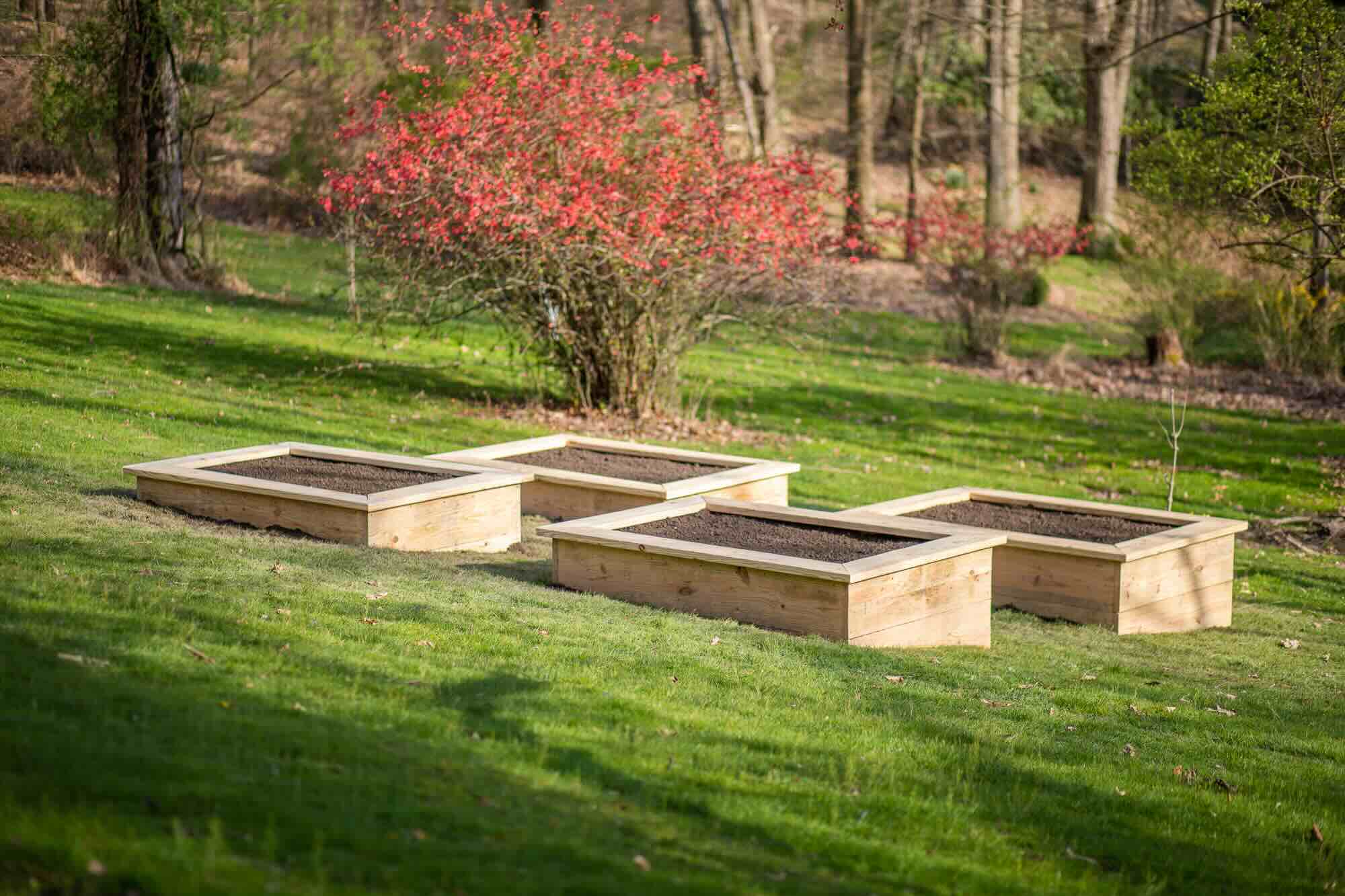
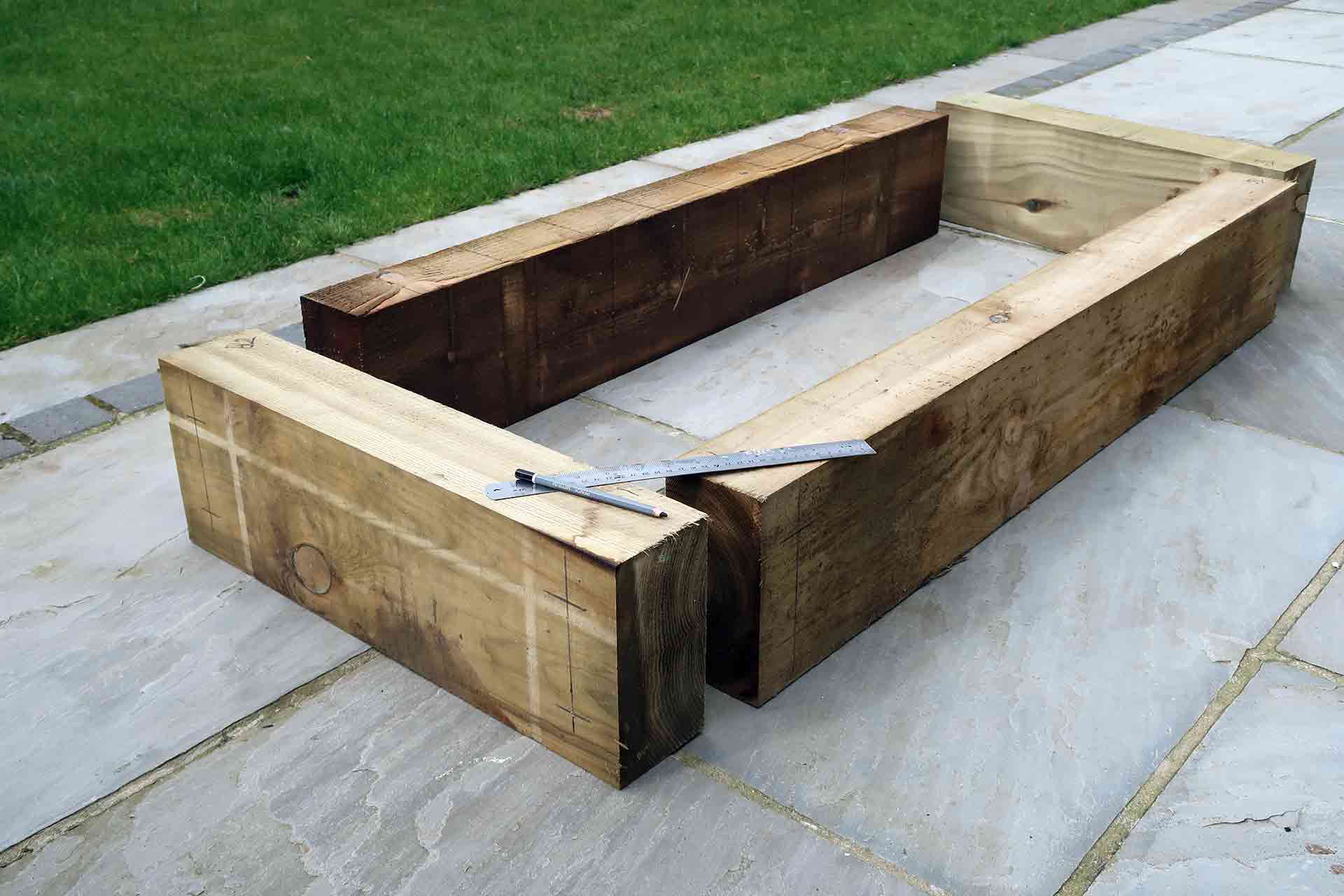
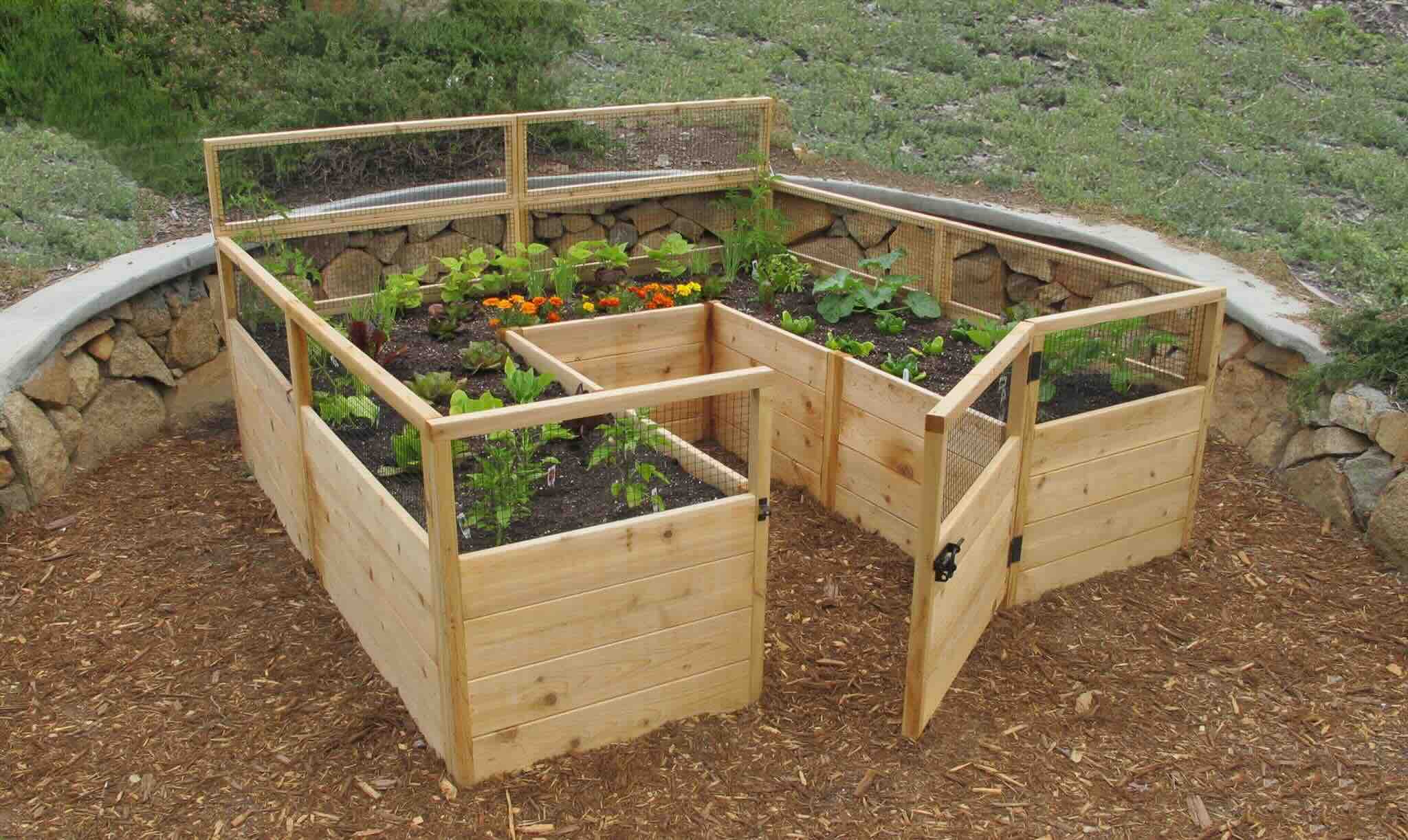
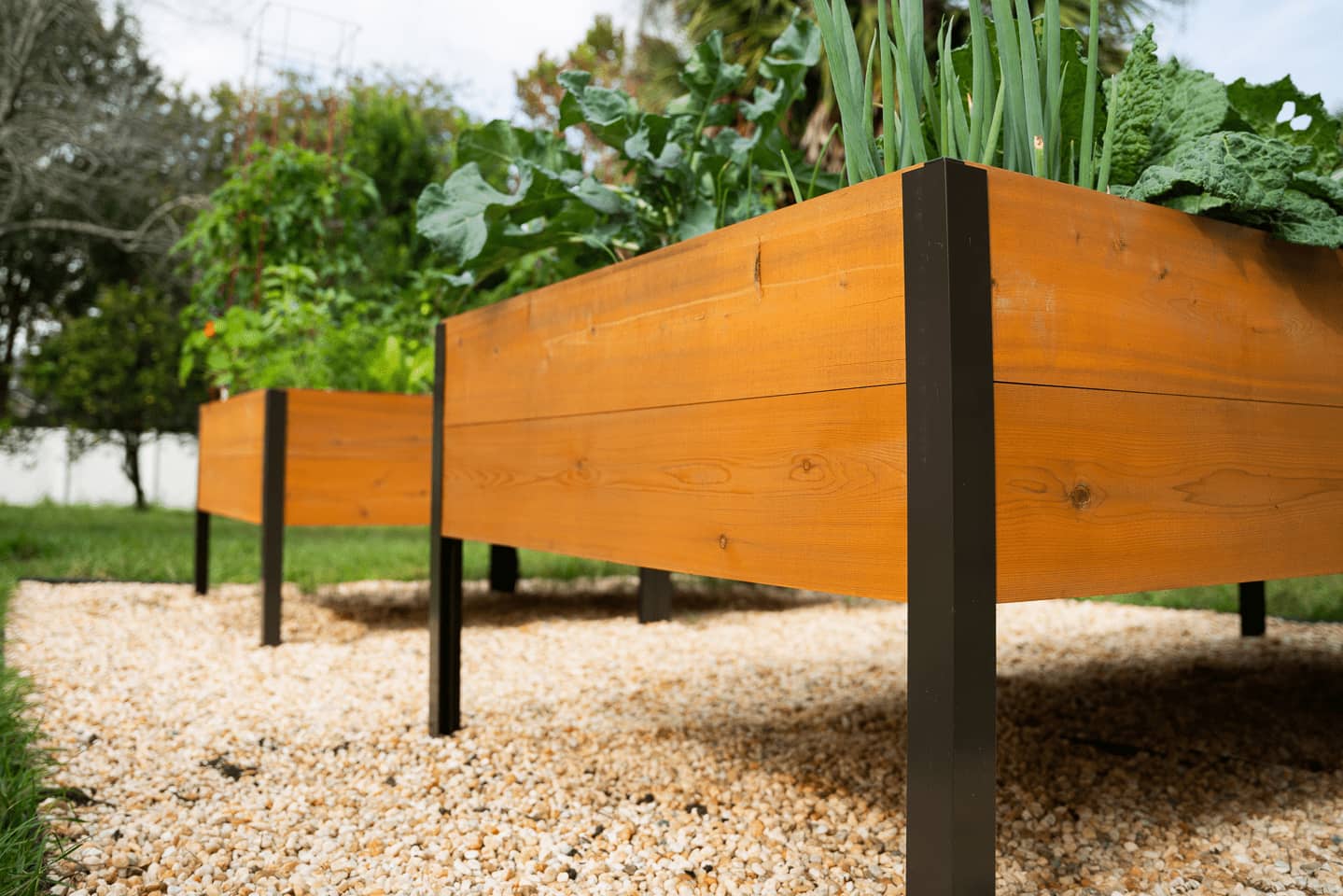
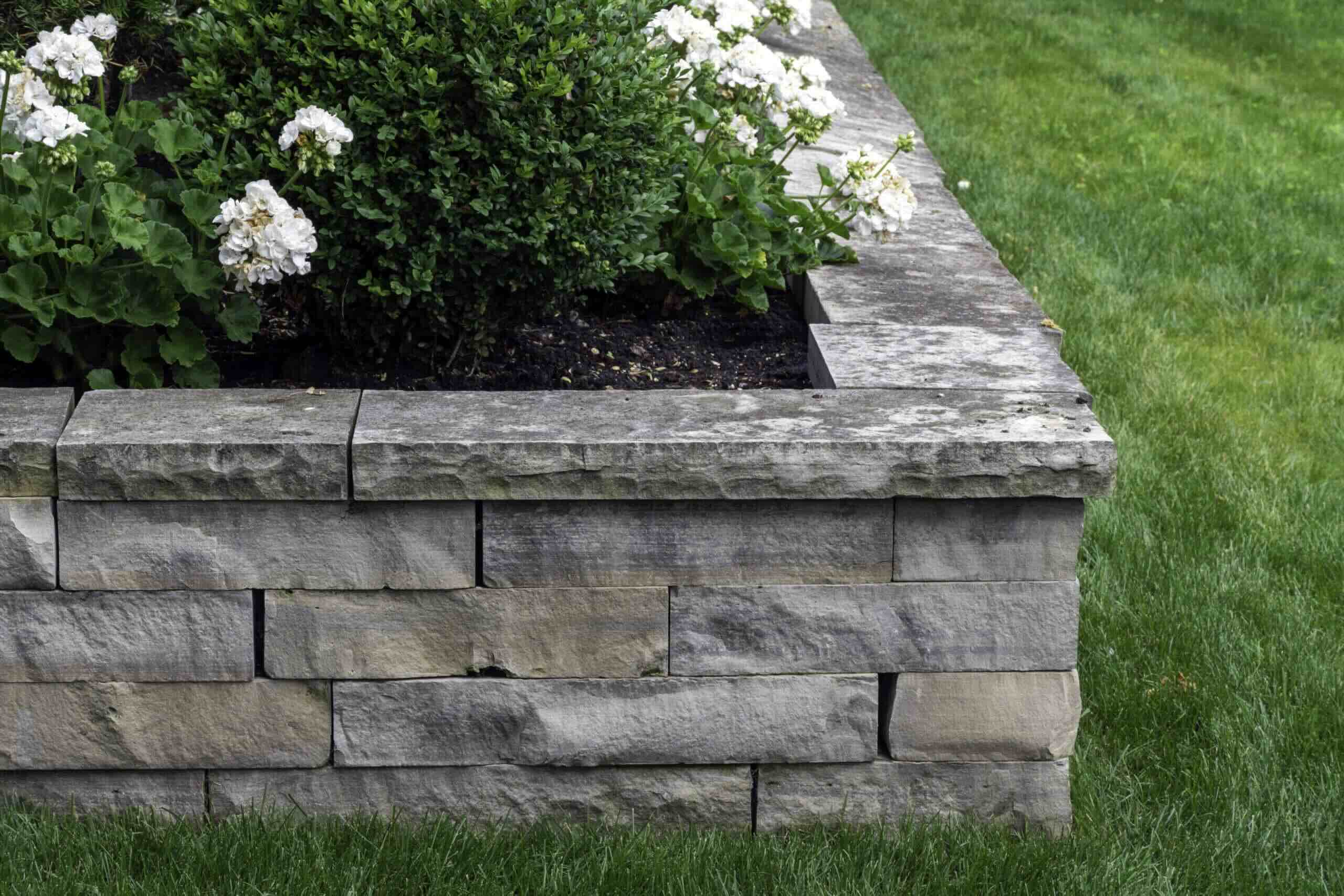
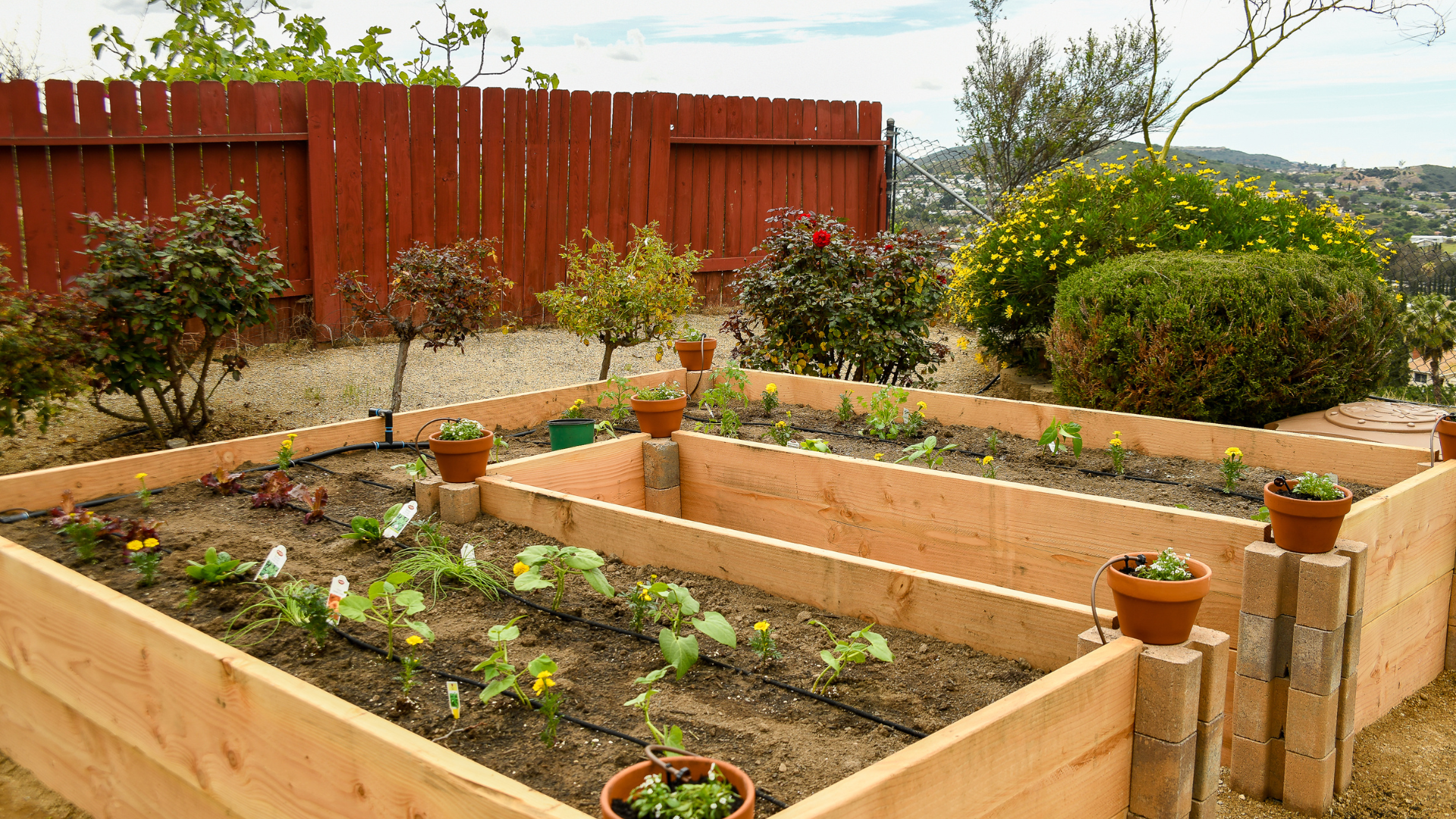
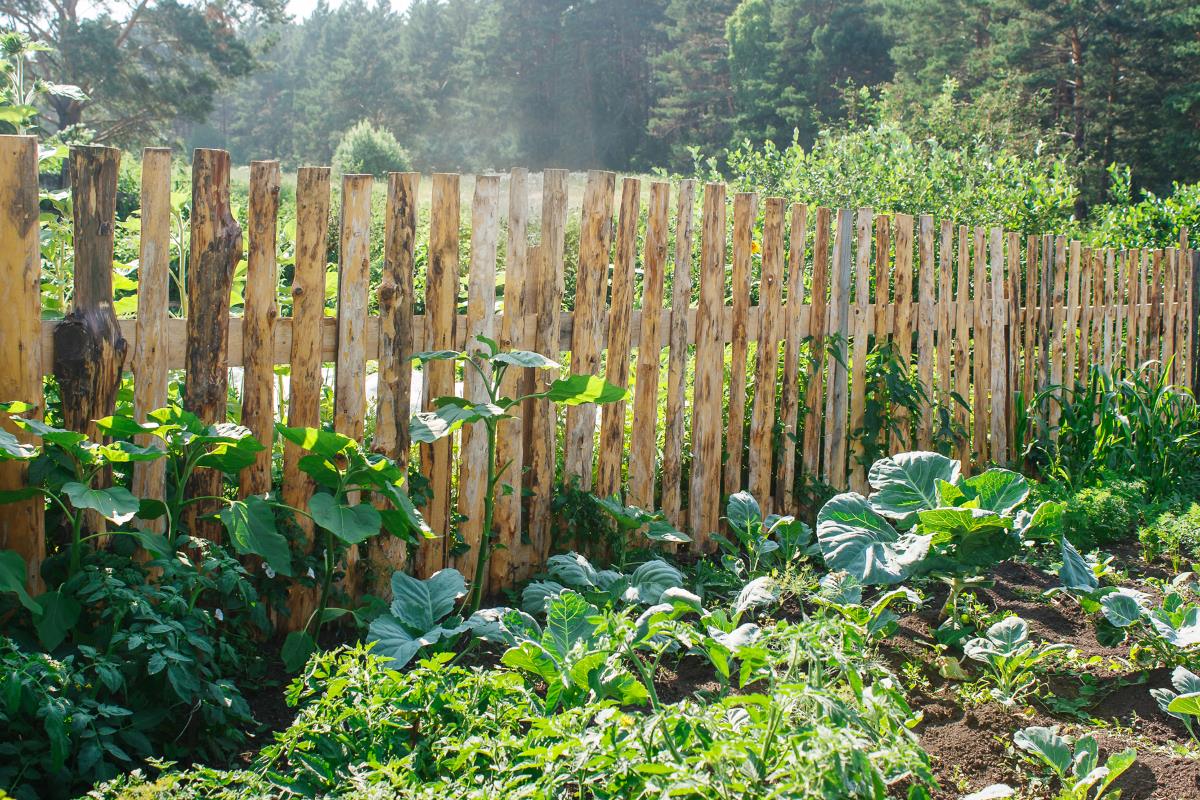
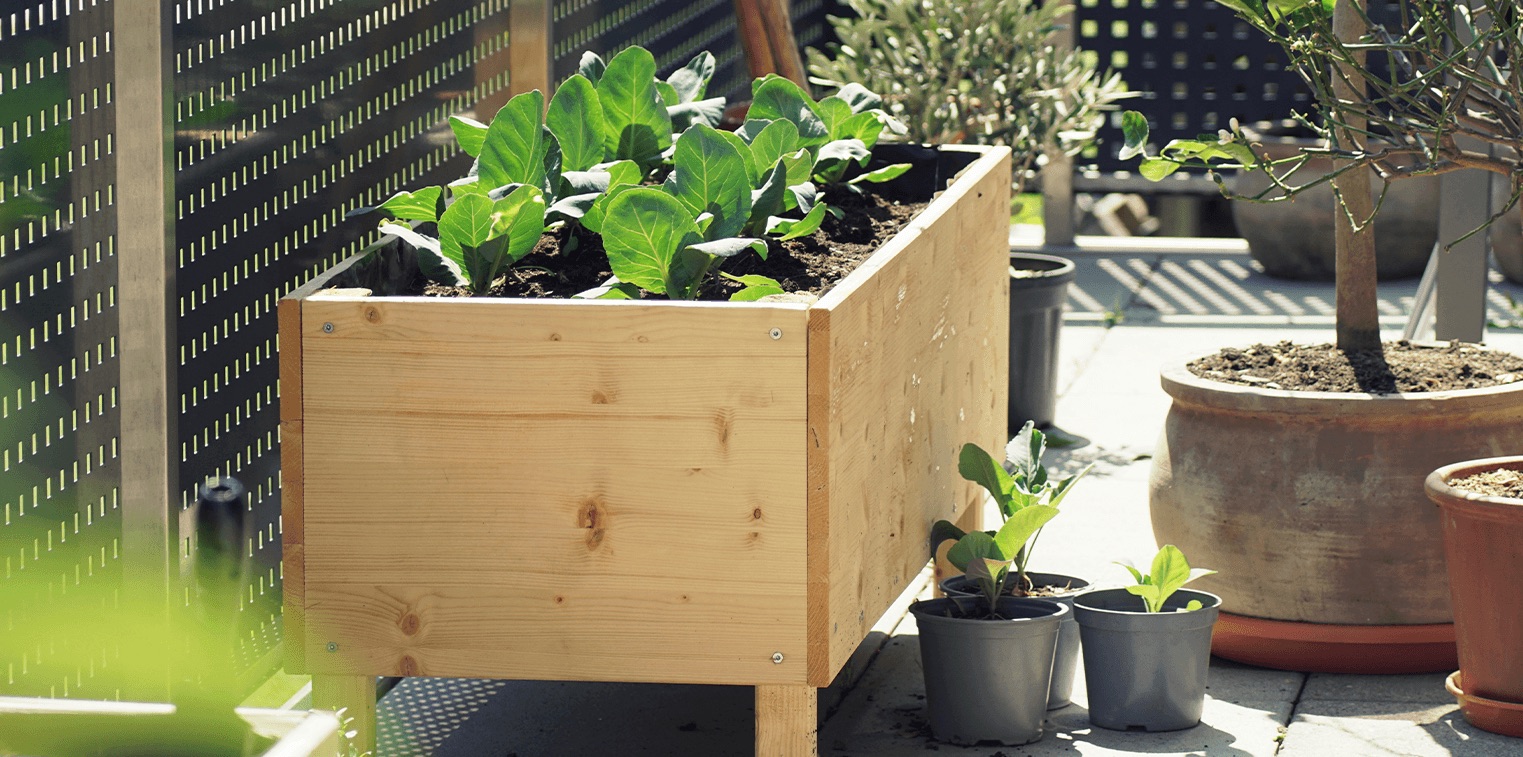
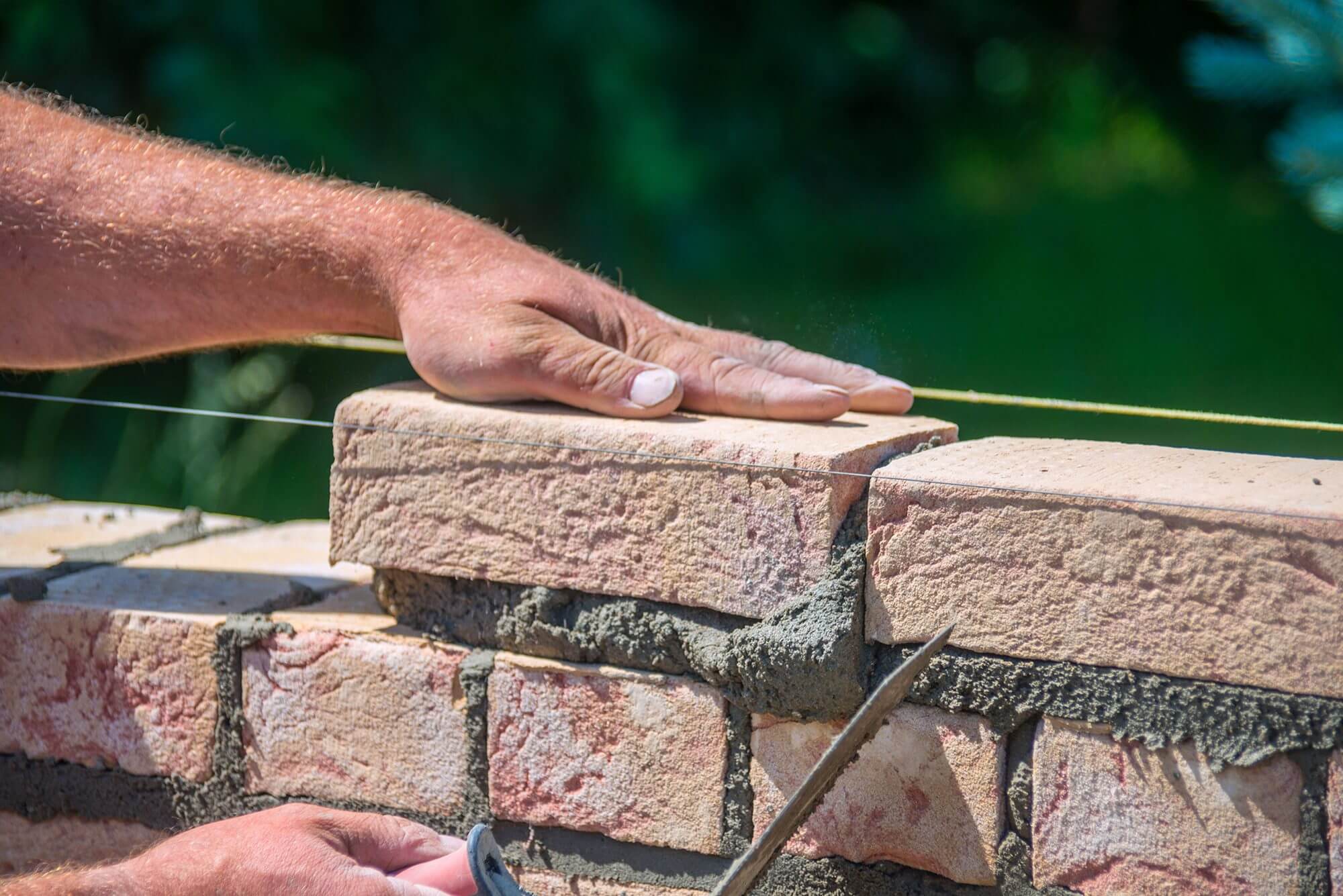
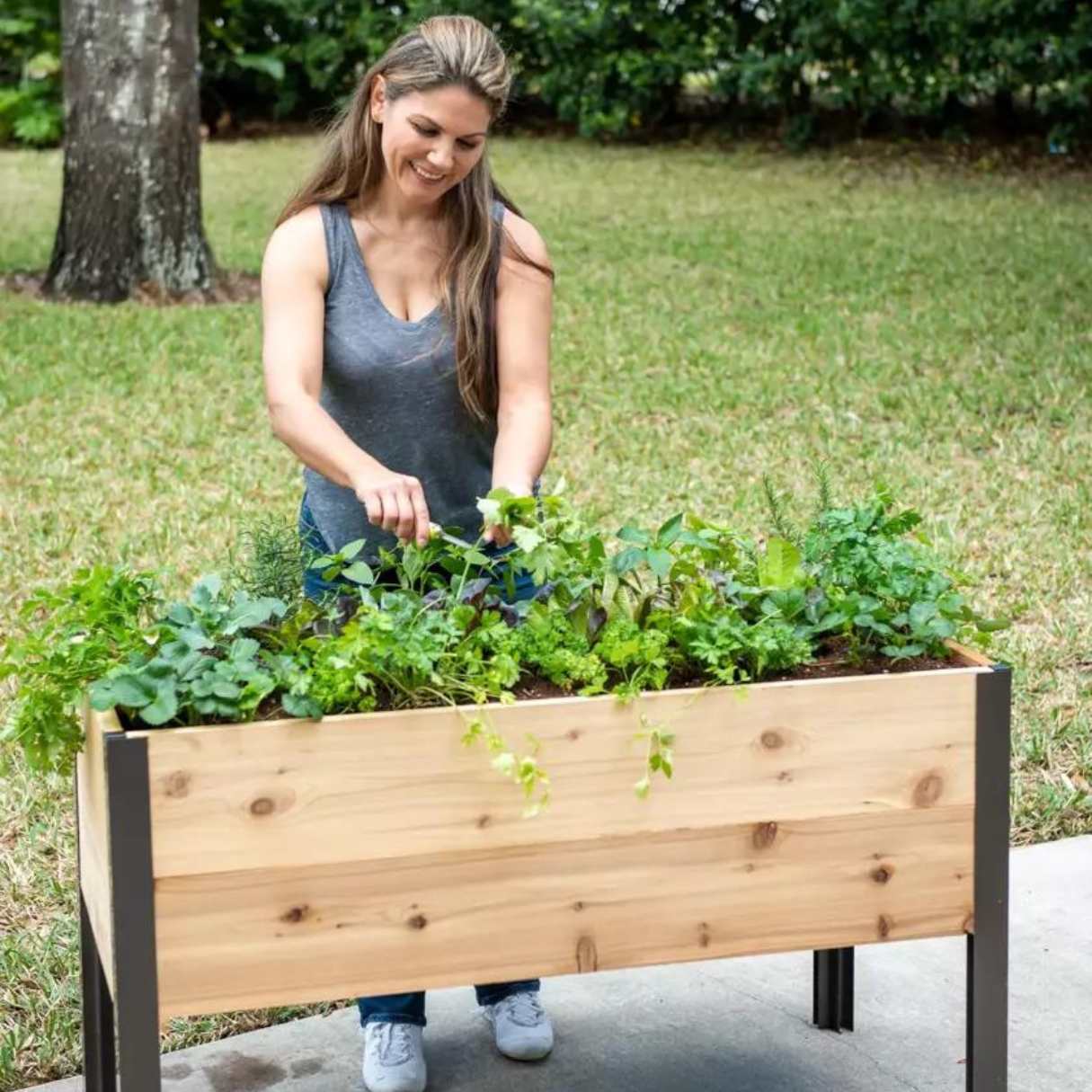
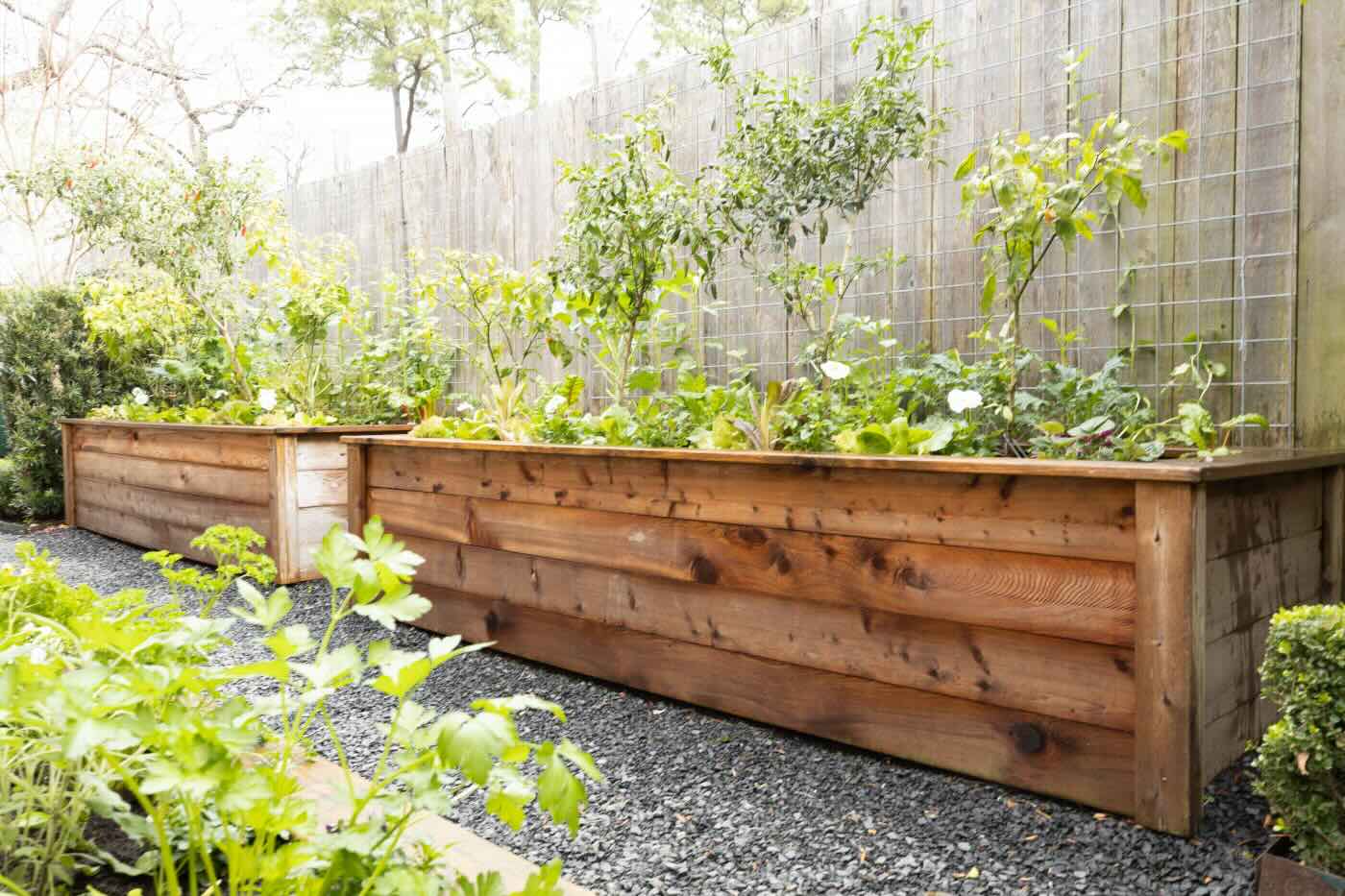
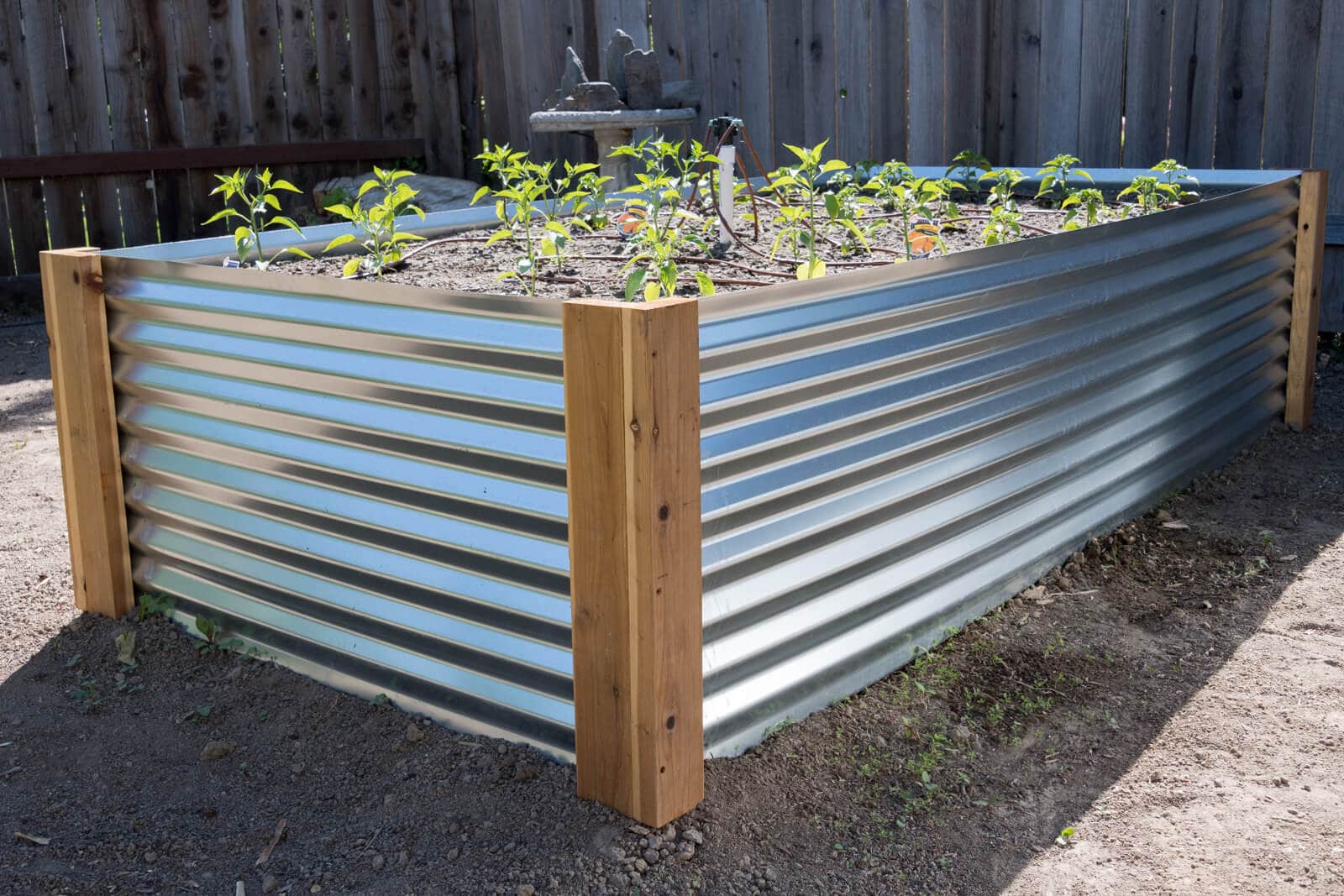
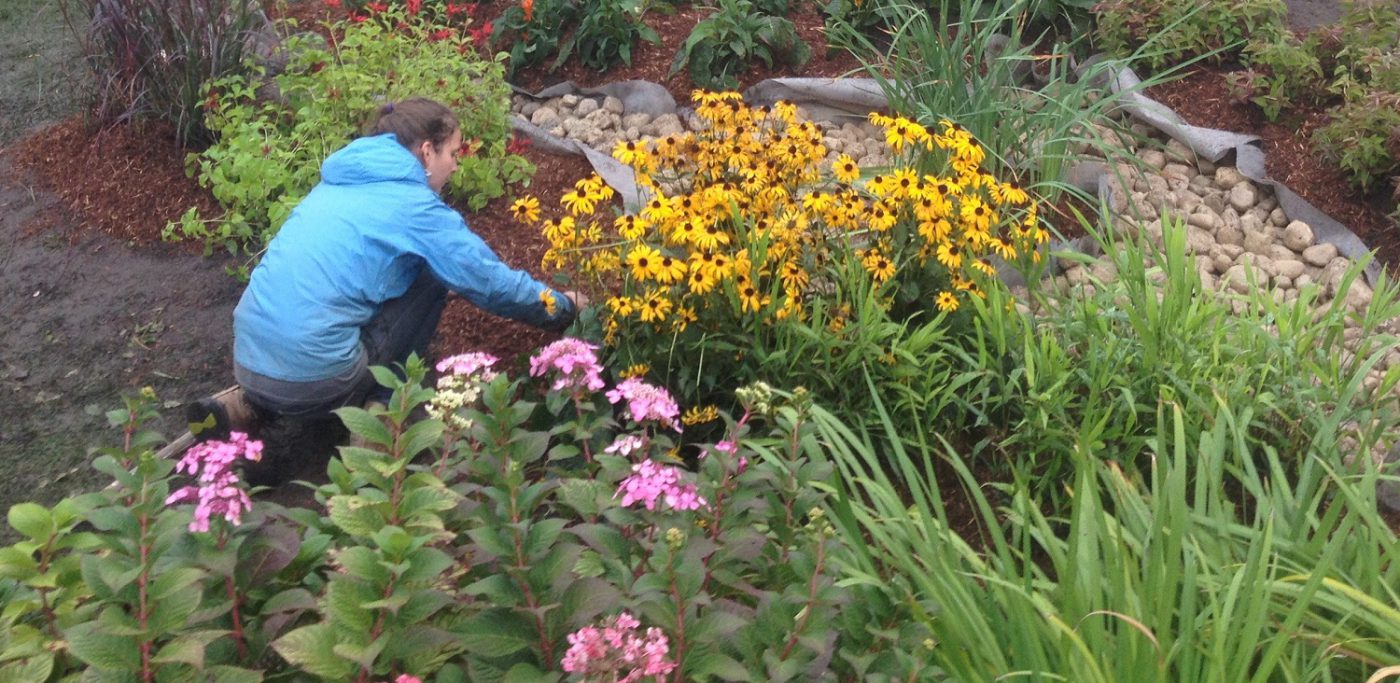

0 thoughts on “How To Build Garden Bridges”